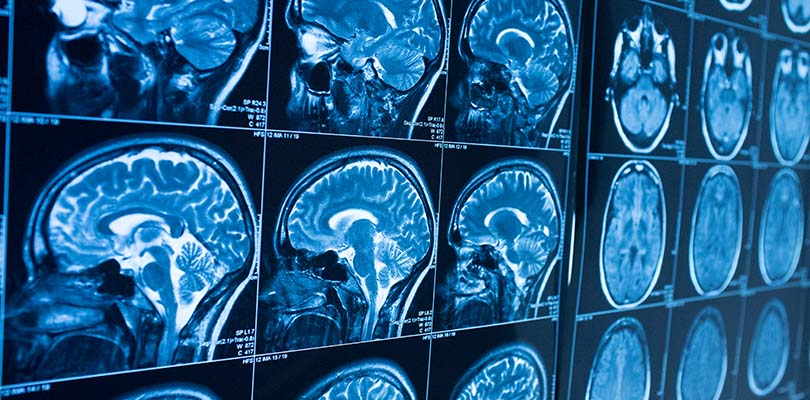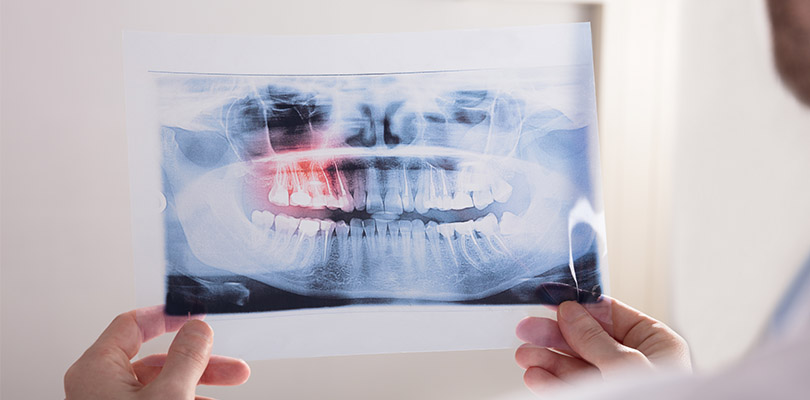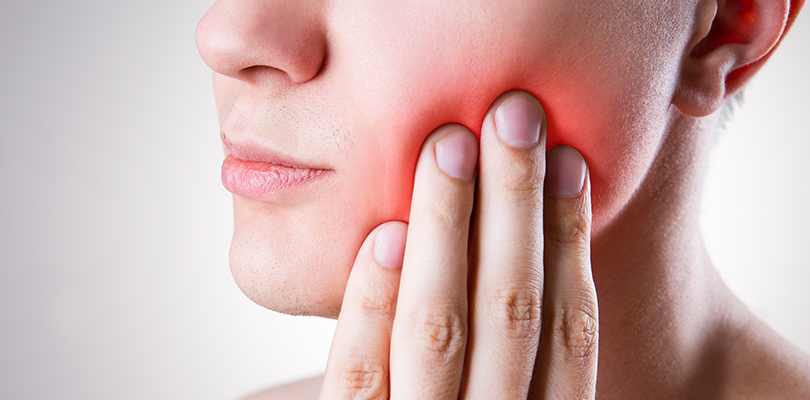What to Know About an Endometriosis Diagnosis
Endometriosis affects more than 11% of women in America between the ages of 15 and 44. Endometriosis refers to a condition in which the tissues that are quite similar to the inner lining of the womb or uterus (endometrium) start to grow outside the uterus, most commonly on the ovaries, fallopian tubes and tissues lining the pelvic region. In rare cases, endometrial tissue can spread beyond the pelvic area. So, how is endometriosis diagnosed? In order to answer that, you need to understand endometriosis a bit more.
What Does Endometriosis Do to the Body?
In endometriosis, the tissues which are endometrial-like behave the same way in which endometrial tissue does - the tissue thickens, then it breaks down and starts to bleed with the start of each menstrual cycle. But the difference comes here – normal endometrial tissue exits through the uterus. However, the abnormality caused by endometriosis has no path to exit the body, hence it is trapped.
When endometriosis occurs on the ovaries, cysts are formed (endometriomas). The surrounding tissue may become irritated and it might eventually develop adhesions and scar tissue that is characterized by bands of fibrous tissue causing pelvic organs and tissue to stick together.
Endometriosis can be painful and sometimes the pain is severe, especially around the time of a woman’s menstrual period. Additionally, it can interfere with fertility.
Causes of Endometriosis
The cause of endometriosis remains unknown, however, researchers continue to study various possible causes.
Menstrual Period Flow Problem
The most likely cause of endometriosis is retrograde menstrual flow. It is because of the possibility that some of the tissues that are shed during menstrual flow might flow into the fallopian tube or other areas of the pelvic region where it starts abnormal growth.
Genetics
Another cause may be genetics, as endometriosis tends to run in families.
Problems With the Immune System
A weak immune system may also contribute to endometriosis as it fails in finding and destroying the endometrial tissue that is growing outside of the uterus
Hormonal Issues
The hormone, estrogen, is associated with the promotion of endometriosis. Researchers are studying whether endometriosis may be caused by a problem with the hormonal system.
Surgery
Endometriosis may also occur due to a post-op complication of surgery concerning the abdominal area, particularly a hysterectomy or cesarean (C-section).
Anxiety is a mental health condition that causes excessive worrying, placing stress on the body. Meditation for anxiety can help these symptoms. Here's how.
Symptoms of Endometriosis
The main symptom associated with endometriosis is pelvic pain that is often associated with menstrual cramps, though there are other signs and symptoms too:
- Dysmenorrhea. This is otherwise known as painful periods. The pain in the pelvic region and cramps might begin before the menstrual cycle starts and can persist for several days after the menstrual period. This may also be accompanied by lower back and abdominal pain.
- Intercourse related pain. Bouts of pain during and after sex is a common symptom of endometriosis.
- Pain-related to urination and bowel movements. Pain during bowel movements or urination during the menstrual period often signals endometriosis.
- Bleeding excessively. Women who have endometriosis might experience an occasional substantial menstrual period or intermenstrual bleeding.
- Infertility. In many cases, endometriosis is diagnosed when women seek treatment for infertility.
Other symptoms of endometriosis may include fatigue, diarrhea, bloating, nausea and/or constipation.
Diagnosis of Endometriosis
If you are having specific symptoms of endometriosis, you should consult with your doctor. They will take a detailed history of your symptoms and perform a thorough exam that may include different things.
Pelvic Exam
During a pelvic exam, your doctor feels for the presence of scars or large cysts behind the uterus.
Imaging Tests
Your doctor might opt for an ultrasound to check for the presence of ovarian cysts due to endometriosis. This involves the insertion of a wand-shaped scanner into the vagina by the doctor or moving the scanner across the abdomen. Both types of ultrasound use sound waves for the pictorial formation of the reproductive organs. Another imaging test that may be ordered is a magnetic resonance imaging (MRI), which gives a better picture of the inside of your body.
Medicine
If your doctor does not find any signs of an ovarian cyst through a pelvic exam and imaging, they may perscribe medications:
- Hormonal birth control: helps to lessen pelvic pain during the menstrual cycle
- Gonadotropin-releasing hormone (GnRH) agonists: blocks menstruation by lowering the estrogen that the body produces and also helps to reduce pelvic pain
If the pain gets better by taking hormonal medicine, then there is a chance that you have endometriosis, though the problem is that these medications only work as long as you continue taking them and once you stop, your symptoms will return.
Laparoscopy
Laparoscopy is a minimally invasive type of surgery that can definitively diagnose and treat endometriosis.
Stages of Endometriosis
The American Society of Reproductive Medicine classifies endometriosis into stages based on the location, amount, size and depth of the endometrial tissues:
- Stage 1: minimal disease
- Stage 2: mild disease
- Stage 3: moderate disease
- Stage 4: severe disease
Interestingly, the stage of the disease does not always reflect the degree of symptoms a woman may experience or the risk of fertility issues. It’s possible for a woman to have stage 1 disease and experience severe symptoms, while another woman may have stage 4 disease and have no symptoms at all.
Treatment for Endometriosis
There is currently no cure for endometriosis, however, treatments are available to help minimize symptoms and deal with complications, including infertility.
Over-the-Counter Pain Medication
Pain medications, including ibuprofen or naproxen are usually recommended to decrease inflammation and pain.
Holistic Remedies
Complementary and alternative medicine therapies (CAM) including acupuncture, chiropractic, and various natural supplements such as licorice root, vitamin B1, omega 3 fatty acids and magnesium may provide symptoms relief for some women.
Birth Control
If you are not trying to conceive, hormonal birth control, is often the first line of treatment to stop bleeding and reduce pain. Keep in mind that hormonal birth control only helps to manage symptoms for as long as it is taken. Additionally, it is not the best option for women who suffer from severe symptoms.
Gonadotropin-Releasing Hormone Agonists
If you are trying to conceive, gonadotropin-releasing hormone agonists may be recommended. This type of medication prevents the body from making the reproductive hormones that cause ovulation, the menstrual cycle and endometriosis. Simply put, this type of medication causes an induced, temporary menopause while controlling the growth of endometriosis. After you stop taking this medication, your menstrual cycle will return, and you may have a better chance of conceiving.
Surgery
In severe cases, and in cases when hormonal treatment options are not managing your symptoms, surgery may be recommended. During surgery, areas of endometriosis are identified and removed. Often hormonal treatment is restarted after surgery, unless you are trying to conceive.
In Conclusion
Endometriosis is a condition that can cause severe pain, and in some cases, can impair fertility. While there is currently no cure for endometriosis, symptoms can be managed by using pain medications, CAM therapies, hormonal treatment and surgery.







